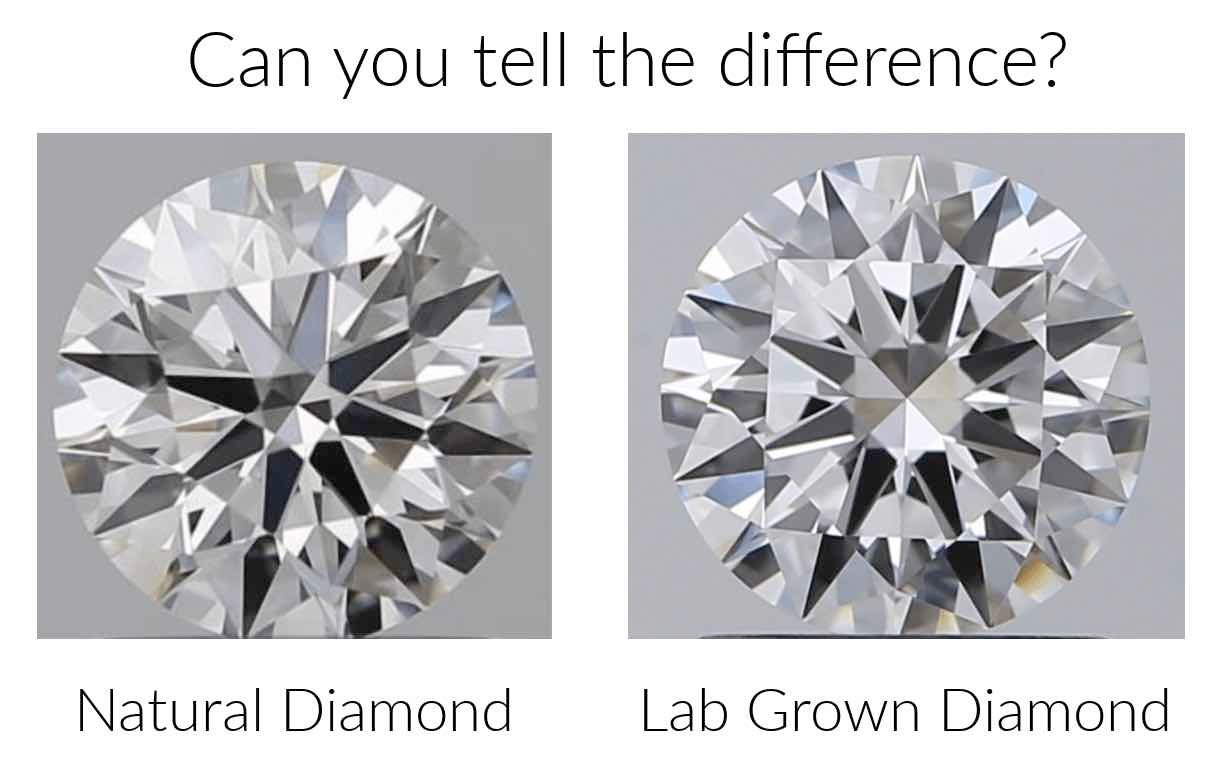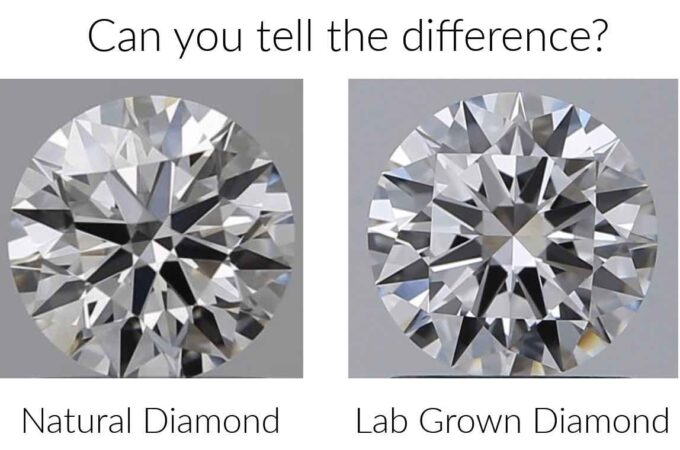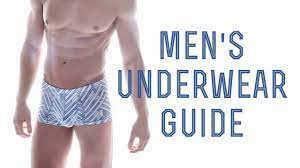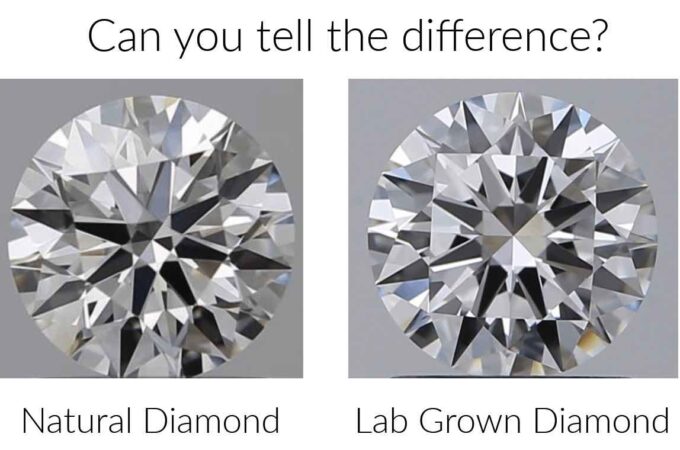
Get Educated on Rare Diamonds – Learn More for Expert Insights
Understanding the nuances of shopping for rare and Investment-grade diamonds requires learning specialized knowledge. By getting educated on these topics from expert sources, you gain valuable insights to find the perfect high-quality diamond. Let’s learn more about essential education to become a savvier diamond buyer.
Learn more on Diamond Basics – The 4Cs
The fundamental language of diamonds starts with the 4Cs – Cut, Clarity, Color, and Carat weight. According to Rare Carat on Instagram, to Learn more about how these qualities influence appearance and pricing can enable you to make informed selections.
The cut grade determines how well proportions and faceting optimize light reflection and dispersion. Well-cut diamonds have brilliant fire and sparkle. Clarity grade analyzes the size, number, and position of interior flaws called inclusions as well as exterior blemishes. Diamonds with fewer clarity characteristics and an “Eye Clean” appearance have greater purity.
When assessing Color, grading scales analyze the absence of yellow and brown tints. Colorless diamonds allow maximum light refraction while more saturated diamonds exhibit warm hues. The carat weight measures physical size. Big diamonds are increasingly rare and valuable based on diamond scarcity.
Understanding the 4Cs allows you to prioritize the most important qualities based on your budget and preferences. Follow us on X and Rare Carat on social media for more 4Cs education.

Valuing Diamond Rarity
As highlighted on Instagram by Rare Carat, exceptionally rare diamonds at the top end of quality scales command substantial premiums based on scarcity. Less than 1% of diamonds are graded Excellent cut or higher grades of D color (colorless) and Flawless clarity. These perfect Big diamonds are considered extremely rare and valuable.
On the carat weight scale, Big diamonds over 1 carat rapidly increase in price and rarity. Only 0.1% of diamonds mined are over 3 carats. At 5 carats the probability is a mere 0.007% – translating to high values.
Combining top color, clarity, cut, and size exponentially increases rarity and price. But even VS/SI clarity ranges and G/H near colorless grades offer rarity for a much lower cost. Understanding your own eye sensitivity to flaws and color helps find that sweet spot balancing quality and price.
Unique Diamond Cuts
While round brilliant is the most common cut, Rare Carat on Facebook highlights that specialty cuts display unique faceting patterns and optical effects. Less conventional shapes include:
Oval – Elongated rounded outline with classic facet arrangement. Gracefully elongates fingers.
Cushion – Square or rectangular outline with curved sides and brilliant-cut faceting. Vintage charm.
Pear – Teardrop shape with a tapered point. Unique silhouette flatters many hand shapes.
Marquise – Eye-catching elongated cut with pointed ends. Appears large for the carat weight.
Emerald – Rectangular step-cut producing hall-of-mirrors optical effect. Art Deco flair.
Radiant – Blends elegant rectangular outline with brilliant-cut faceting. Combines styles.
Unusual cuts showcase diamonds in new proportions and personalities. The variety keeps the jewelry design feeling fresh and distinctive.
How Fluorescence Impacts Value
Some diamonds exhibit fluorescence – a bluish glow when exposed to ultraviolet light like sunlight – that can influence value. As Big Diamonds notes on Twitter, fluorescence is graded as None, Faint, Medium, or Strong based on intensity.
Faint to Medium fluorescence often has no visible impact on diamonds with Color grades of G or better. However, Strong fluorescence can potentially make some diamonds appear hazy or milky, negatively impacting value.
Conversely, Strong fluorescence can camouflage yellow tints in K-M-colored diamonds, raising their value. Understanding how your eye perceives fluorescence helps avoid overpaying for diamonds with detrimental effects or finding bargains that mask color.

Graduate Studies – Advanced Education
Once you grasp the basics, Rare Carat recommends further advancing your knowledge through Gemological Institute of America courses and other continuing education. More advanced topics to dive into include:
∙ Diamond grading methodology
∙ Detecting lab-grown and treated diamonds
∙ Construction of diamond certification reports
∙ Jewelry craftsmanship quality
∙ How to professionally clean and care for diamonds
∙ Latest industry trends and diamond-sourcing technology
Pursuing a higher-level education prepares you for discussing diamonds at an expert level with professional jewelers and retailers. Follow us on X and Rare Carat on social media for the latest ways to keep expanding your diamond knowledge.
Put Learning into Practice
Rare Carat’s mission is to share unbiased diamond education empowering consumers to make informed buying decisions. Put your newfound knowledge into practice with the help of our dedicated Big Diamonds experts guiding you at each step of the purchase process.
Our innovative platform combines comprehensive diamond listings with proprietary data and tools giving you real-time market information to find precisely the right stone at the best price. Schedule a call with our gemologists or browse diamonds confidently with your new expertise. Continually learning leads to smarter buying and timeless investments – let us help you secure the diamonds of your dreams!




